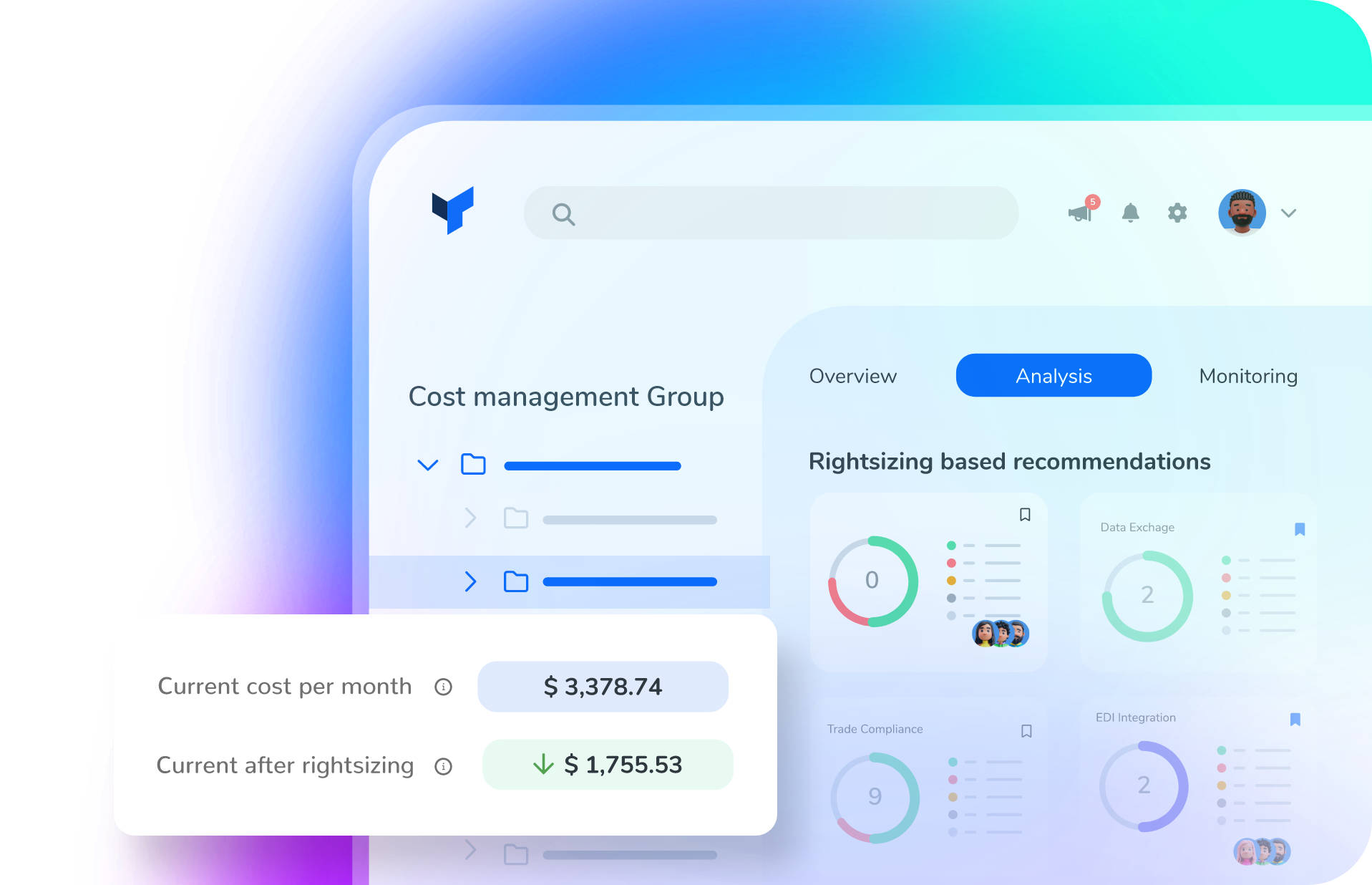In today’s rapidly evolving digital landscape, automation and integration are no longer luxuries but essential components of successful businesses. Microsoft Azure Logic Apps, a powerful integration platform-as-a-service (iPaaS), has become a cornerstone for streamlining processes, connecting disparate systems, and enabling efficient workflows. Whether you are automating simple tasks or orchestrating complex enterprise-level solutions, Logic Apps provides a robust and flexible framework to address your integration challenges.
This handbook is designed to be your comprehensive guide to mastering Logic App naming conventions. It is packed with the best practices, actionable tips, and insightful tricks to help you get the most out of the platform. Whether you are a seasoned developer or a newcomer to the world of cloud integration, this book will equip you with the knowledge and tools you need to design, implement, and optimize Logic Apps effectively.
There are many best practices articles and coding guidelines for BizTalk Server floating around the internet, but there are not many resources that provide the same for Azure Logic Apps. This whitepaper attempts to fill those gaps.
📝 One-Minute Brief
This whitepaper is designed to be your comprehensive guide to mastering Logic App naming conventions. It is packed with best practices and actionable tips.
Here’s what’s covered:
- Naming rules and restrictions
- Logic App Instance Name naming conventions
- Logic App components naming conventions
- Triggers and Actions naming convention
- Variable naming convention
- Parameters naming convention
- Schemas and Maps naming conventions
- Local function (in-app) naming conventions
- API Connections naming convention
- Environment variables naming convention
Adhering to naming convention best practices for Logic Apps is crucial for several reasons, including ease of management, scalability, collaboration, troubleshooting, and maintenance. Below are key points on why it’s important:
- Clarity and Consistency
- Easy Identification: Naming conventions ensure that everyone in the team can quickly identify the purpose of a Logic App just by looking at its name. Clear names can indicate the environment, business area, and functionality, making it easier for anyone working with the app to understand its role.
- Avoid Confusion: Without naming conventions, there could be numerous apps with similar names, making it difficult to determine what each one does. Consistent naming prevents duplication and reduces confusion about which Logic App is responsible for which task.
- Scalability and Organization
- Growth Management: As your solutions or team scales, the number of Logic Apps grows. With naming conventions in place, you can ensure that new solutions are integrated into the existing structure without losing track of their purpose, environment, and functionality.
- Logical Grouping: Logic Apps that share a common business function (e.g., order processing, user management, payments) can be grouped together by naming, making it easier to manage large portfolios of Logic Apps.
- Efficient Troubleshooting
- Easier Debugging: When an error occurs, it’s easier to debug and fix issues if you can quickly identify which Logic App (and its components) are causing the problem. A good naming convention can help pinpoint whether the issue lies in a particular region, environment, or action.
- Identifying Dependencies: Well-named Logic Apps make it easier to trace how data flows and interacts between different applications, helping teams pinpoint where errors are introduced and the scope of potential impacts.
- Collaboration and Teamwork
- Improved Collaboration: If multiple teams are working on different Logic Apps, a consistent naming structure ensures that all team members (whether developers, business analysts, or IT ops) can collaborate more effectively by understanding each other’s components and actions.
- Cross-team Communication: It enhances communication between different departments or teams. For example, the HR team knows which Logic App relates to employee management, and the Sales team can identify the Logic Apps handling order processing, making cross-team collaboration smoother.
- Maintainability and Long-Term Health
- Simplifies Maintenance: Logic Apps can evolve over time. If new versions are deployed or if new triggers or actions are added, a solid naming convention helps to track and manage these changes effectively, especially in larger applications where components evolve over time.
- Minimizing Technical Debt: If you don’t follow naming best practices, it’s easy to lose track of how applications evolve, which increases the technical debt. A clean naming structure reduces the chances of this happening and keeps the application healthy in the long term.
- Best Practice for Automation and CI/CD
- Automation and Deployment Pipelines: Consistent naming is essential when automating deployments, versioning, and updates through CI/CD pipelines. It makes it easier to write deployment scripts, manage configurations, and ensure that Logic Apps are deployed correctly across different environments.
- Standardized Templates: If you are using ARM templates or other infrastructure-as-code (IaC) approaches to deploy Logic Apps, having a consistent naming pattern will ensure that your deployment scripts are cleaner and easier to manage.
- Documentation and Reporting
- Easier Documentation: Well-structured names make it much easier to document your Logic Apps’ functionality, integrations, and flows. Good documentation is key for onboarding new team members and ensuring that your applications are understood by non-technical stakeholders.
- Reporting and Metrics: When you need to generate reports or monitor performance, having meaningful names for Logic Apps makes it easier to generate accurate metrics for each app, such as usage statistics, error rates, or SLA compliance.
- And many more advantages.
By implementing naming conventions, your Logic Apps ecosystem becomes more manageable, adaptable
to growth, and better suited for long-term success.
Who should read this?
This whitepaper is designed for:
- Logic App Architects and developers
- Integration & platform teams
- DevOps and cloud engineering leads
Where can I download it
You can download the whitepaper here:
Hope you find this helpful! If you liked the content or found it useful and would like to support me in writing more, consider buying (or helping to buy) a Star Wars Lego set for my son.




